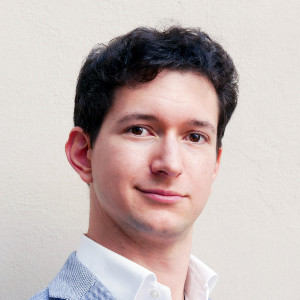Some cases include exhibits with a lot of numbers. Am I expected to quantify (calculate) the trends in the exhibits or is naming them sufficient?
How detailed should the analysis on exhibits be?


Hi,
Don't do any calculations if they are not required by the interviewer. Usually, it's the major loss of time for the candidates.
You can use the following approach:
- Take a minute to look at the graph
- Read the graph title
- Look at the graph type and define the type (pie chart, line chart, etc)
- Look at the legend (ask for clarifying questions if necessary)
- Identify whats going on on the graph. Look for: Trends, % structures,
- Look for unusual things (consultants love to integrate these traps in charts) - correlations, outliers, etc
- Make 3-4 conclusions from the graph. Think of potential hypothesis on what could be the root cause / what are the consequences
- Prioritize the most important for your current analysis and move forward with the case
Sources to learn from (prioritized):
- Study "Say it with Charts" book by Barbara Minto
- Learn basic statistics (Any GMAT or MBA prep guides)
- Check all available MBB presentations and publications. Practice to derive conclusions and check yourself with the actual ones from the article / presentation
- GMAT IR part (Official guide and Manhattan prep)
- "Consulting Bible" and "Vault guide for consulting" - check the chapters on cases with graphs in these books
Good luck!
A,
The number 1 tip I can give you regarding exhibits is to focus on the question asked and give your insights based on that. If the question, however, is more open ended - you can create a structure by saying:
1st I will tell you my observations
2nd I will tell you what this means for our client
3rd and then I will tell you what I think we should do next.
It's ok to do some rough calculations and state them as such. If you are specifically asked to give exact numbers, then I would do the long calculations indeed.
Does this help? Feel free to message me for more tips.
Best, Aws

Hi Anonymous,
as mentioned by Vlad and Aws, you should focus on quantifying numbers only if relevant for the question asked. As general steps for a graph analysis, I would recommend the following:
1. Read the graph
- Ask for one minute of time to understand the graph.
- Summarize what the graph is about. Read the graph title (often forgotten), the axes and the legend.
2. Analyze the graph
- Repeat the main question you have to answer. Many people don’t spend time to clarify the specific question they have to answer; consequently, they answer the wrong question. Don’t be one of them and be sure to restate what is the main insight you have to derive
- Provide an analysis related to the question. Once you have a clear understanding of the graph, then, and only then, you can move to an analysis of how the graph can answer the question you have repeated.
3. Provide a conclusion for the graph
- Answer to the question asked. Again, very often people simply state what the graph is about, without providing any conclusion. A great candidate will provide a connection between the analysis done and the previous question formulated, with a clear summary of the whole analysis
- Present the next steps to follow based on such conclusion. As a last step, a great candidate will present what can be done next to help further the client on the particular question raised.
Best,
Francesco

Hello!
As detailed as possible!
I wuold suggest you to practice with GMAT.
GMAT unfortunately only gets better with practicing. Good news is that there are many ways of doing so!
There are free exams in the internet that you can use for practice (the one of LBS MBA page, Verits prep, as well as some free trials for courses such as the one of The Economist (https://gmat.economist.com/)
Hope it helps!
Cheers,
Clara
















